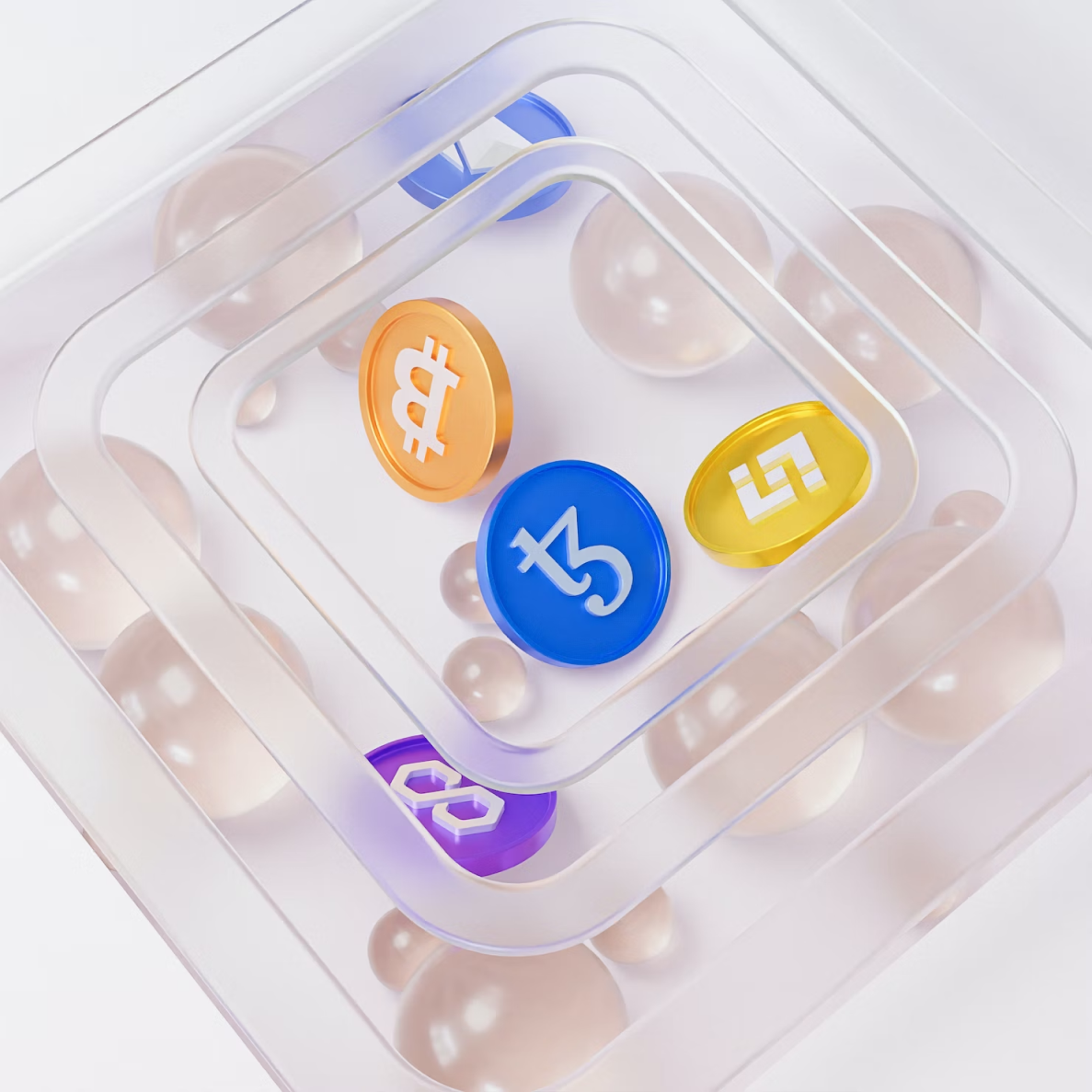Global equities bounce back as dollar strengthens and gold sinks sharply

Global equities rose across the board on Friday, with traders brushing off Middle East conflict fears and repositioning out of safe-haven assets like gold.
The dollar surged. Bond yields nudged higher. Stocks in Europe and Asia gained, even while US futures slipped. Crude oil fell. And central banks made aggressive moves that caught investors off guard.
According to data from Reuters, the pan-European Stoxx 600 climbed 0.6% midway through Friday’s session. Almost every sector posted gains—except oil and gas, which continued to drag under pressure from ongoing tension between Israel and Iran.
The Stoxx Europe Oil and Gas index edged down 0.1%, weighed by falling oil prices. Brent crude dropped $1.78 to $77.07 per barrel, marking a 2.3% decline. Germany’s DAX index jumped 1.2%, leading regional performance. But despite the day’s bounce, the Stoxx 600 was still headed for a weekly loss of 1.1%.
In Washington, President Donald Trump responded to escalating hostilities in the Middle East. At a press briefing on Thursday, Karoline Leavitt, the White House Press Secretary, read a message from Trump.
“Based on the fact that there’s a substantial chance of negotiations that may or may not take place with Iran in the near future, I will make my decision whether or not to go within the next two weeks,” he wrote. The day before, Trump had addressed reporters directly at the White House, saying he gave Iran an “ultimate ultimatum,” and added, “may do it, may not do it,” referring to ordering US military action.
Dollar holds strong as yields creep up and gold loses ground
Even with that uncertainty, investors mostly held steady. US Treasury yields rose only slightly. The 10-year yield climbed just over 2 basis points to hit 4.417%. The 2-year note hovered at 3.952%, and the 30-year bond moved up to 4.92%. There was no sign of panic in fixed-income markets.
But the dollar took the spotlight. The dollar index, which tracks the currency against the euro, yen, franc, and three others, headed for a 0.6% weekly increase—the largest in more than a month. Traders loaded up on dollars instead of gold, which traditionally sees a boost during global crises. Gold prices fell 0.5% to $3,354 an ounce and were on track for a 2.3% weekly drop.
Investors clearly preferred liquidity over hedges.
Despite gains in equities, US futures were slightly down after Thursday’s market holiday. Futures on the Nasdaq, S&P 500, and Dow all traded in the red, reflecting some hesitation going into the weekend.
Asia rallies on stimulus hopes as central banks send mixed signals
In Asia, equities moved higher overnight. The Hang Seng index in Hong Kong jumped 1.2%, and the broader Asia-Pacific index added 0.5%. Gains were fueled by policy news out of South Korea, where new President Lee Jae Myung’s stimulus package pushed the Kospi above 3,000 points for the first time since early 2022. Traders welcomed the spending push as a signal that Seoul might keep supporting growth through government intervention.
China’s central bank kept its benchmark lending rates unchanged as widely expected. That decision provided limited market reaction, but the yuan inched up and last traded at 7.18.
In Japan, inflation data showed a clear jump. Core inflation hit a two-year high in May, which will likely push the Bank of Japan closer to resuming rate hikes.
In currency markets, volatility hit some unexpected places. The Swiss franc was flat at 0.817 per dollar, but still posted its biggest weekly drop since mid-April. The country’s central bank slashed interest rates all the way down to 0%, pushing investors toward higher-yielding currencies.
In a surprise move, Norges Bank cut its key rate by 25 basis points, sending the Norwegian krone down over 1% against the dollar this week.
Currencies like the Australian dollar and New Zealand dollar stayed flat, lacking strong catalysts. Sterling climbed to $1.349 after briefly giving up gains earlier in the session. The bounce came after new British retail sales data showed the sharpest monthly drop since December 2023. The pound’s strength faded temporarily, but it recovered as the day went on.
KEY Difference Wire helps crypto brands break through and dominate headlines fast
Global equities bounce back as dollar strengthens and gold sinks sharply

Global equities rose across the board on Friday, with traders brushing off Middle East conflict fears and repositioning out of safe-haven assets like gold.
The dollar surged. Bond yields nudged higher. Stocks in Europe and Asia gained, even while US futures slipped. Crude oil fell. And central banks made aggressive moves that caught investors off guard.
According to data from Reuters, the pan-European Stoxx 600 climbed 0.6% midway through Friday’s session. Almost every sector posted gains—except oil and gas, which continued to drag under pressure from ongoing tension between Israel and Iran.
The Stoxx Europe Oil and Gas index edged down 0.1%, weighed by falling oil prices. Brent crude dropped $1.78 to $77.07 per barrel, marking a 2.3% decline. Germany’s DAX index jumped 1.2%, leading regional performance. But despite the day’s bounce, the Stoxx 600 was still headed for a weekly loss of 1.1%.
In Washington, President Donald Trump responded to escalating hostilities in the Middle East. At a press briefing on Thursday, Karoline Leavitt, the White House Press Secretary, read a message from Trump.
“Based on the fact that there’s a substantial chance of negotiations that may or may not take place with Iran in the near future, I will make my decision whether or not to go within the next two weeks,” he wrote. The day before, Trump had addressed reporters directly at the White House, saying he gave Iran an “ultimate ultimatum,” and added, “may do it, may not do it,” referring to ordering US military action.
Dollar holds strong as yields creep up and gold loses ground
Even with that uncertainty, investors mostly held steady. US Treasury yields rose only slightly. The 10-year yield climbed just over 2 basis points to hit 4.417%. The 2-year note hovered at 3.952%, and the 30-year bond moved up to 4.92%. There was no sign of panic in fixed-income markets.
But the dollar took the spotlight. The dollar index, which tracks the currency against the euro, yen, franc, and three others, headed for a 0.6% weekly increase—the largest in more than a month. Traders loaded up on dollars instead of gold, which traditionally sees a boost during global crises. Gold prices fell 0.5% to $3,354 an ounce and were on track for a 2.3% weekly drop.
Investors clearly preferred liquidity over hedges.
Despite gains in equities, US futures were slightly down after Thursday’s market holiday. Futures on the Nasdaq, S&P 500, and Dow all traded in the red, reflecting some hesitation going into the weekend.
Asia rallies on stimulus hopes as central banks send mixed signals
In Asia, equities moved higher overnight. The Hang Seng index in Hong Kong jumped 1.2%, and the broader Asia-Pacific index added 0.5%. Gains were fueled by policy news out of South Korea, where new President Lee Jae Myung’s stimulus package pushed the Kospi above 3,000 points for the first time since early 2022. Traders welcomed the spending push as a signal that Seoul might keep supporting growth through government intervention.
China’s central bank kept its benchmark lending rates unchanged as widely expected. That decision provided limited market reaction, but the yuan inched up and last traded at 7.18.
In Japan, inflation data showed a clear jump. Core inflation hit a two-year high in May, which will likely push the Bank of Japan closer to resuming rate hikes.
In currency markets, volatility hit some unexpected places. The Swiss franc was flat at 0.817 per dollar, but still posted its biggest weekly drop since mid-April. The country’s central bank slashed interest rates all the way down to 0%, pushing investors toward higher-yielding currencies.
In a surprise move, Norges Bank cut its key rate by 25 basis points, sending the Norwegian krone down over 1% against the dollar this week.
Currencies like the Australian dollar and New Zealand dollar stayed flat, lacking strong catalysts. Sterling climbed to $1.349 after briefly giving up gains earlier in the session. The bounce came after new British retail sales data showed the sharpest monthly drop since December 2023. The pound’s strength faded temporarily, but it recovered as the day went on.
KEY Difference Wire helps crypto brands break through and dominate headlines fast

